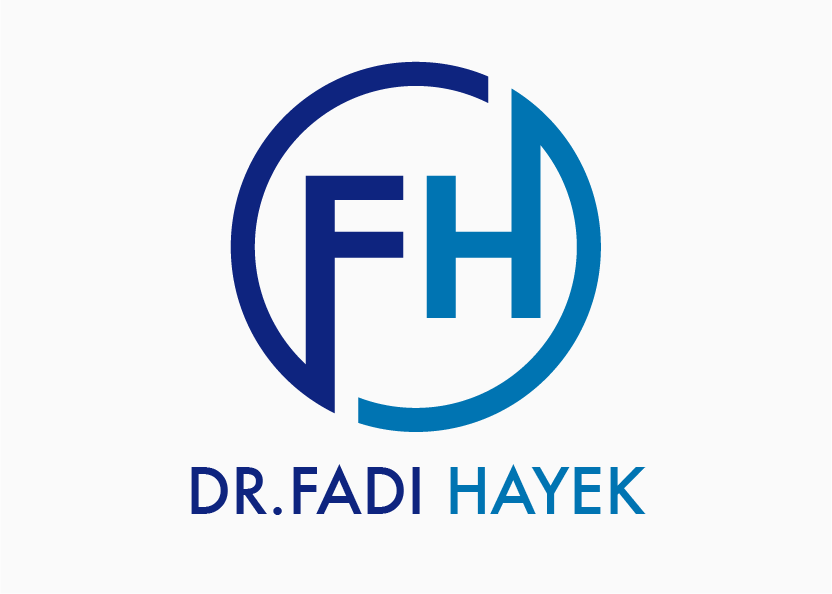
Spider veins are smaller, red, purple, and blue vessels that also twist and turn. Spider veins are easily visible through the skin, as well. They affect the capillaries, the body’s smallest blood vessels. Spider veins, which are red or blue, look like a spider’s web or tree branch. They are typically visible on the legs and face.
Spider angioma or spider nervus is a common development of small blood vessels. Its name comes from its appearance which generally has a central red blood vessel with small capillaries radiating from it so that it resembles a spider. The vascular cluster is benign and poses no harm
- Heredity
- Occupations that involve a lot of standing, such as nurses, hair stylists, teachers, and factory workers
- Obesity
- Hormonal influences of pregnancy, puberty, and menopause
- The use of birth control pills
- Postmenopausal hormone replacement
- A history of blood clots
- Conditions that cause increased pressure in the abdomen, such as tumors, constipation, and externally worn garments like girdles
Many people with varicose veins complain of pain, described as an aching or cramping in the legs. Other common symptoms include tiredness, restlessness, burning, throbbing, tingling, or heaviness in the legs. Pain from these veins is usually relieved by elevating the legs or by wearing support hose, also called compression stockings.
In women, symptoms may be worse during certain parts of the menstrual cycle or during pregnancy. Less common is swelling, ulcers, and a darkening of the skin, especially in the ankle region. Occasionally, varicose veins can form a painful blood clot with inflammation of the vein, a condition called thrombophlebitis.
- Exercise
- Compression stockings
- Sclerotherapy
- Laser treatment
- Catheter-based procedures using radiofrequency, glue or laser energy
- Ambulatory phlebectomy
